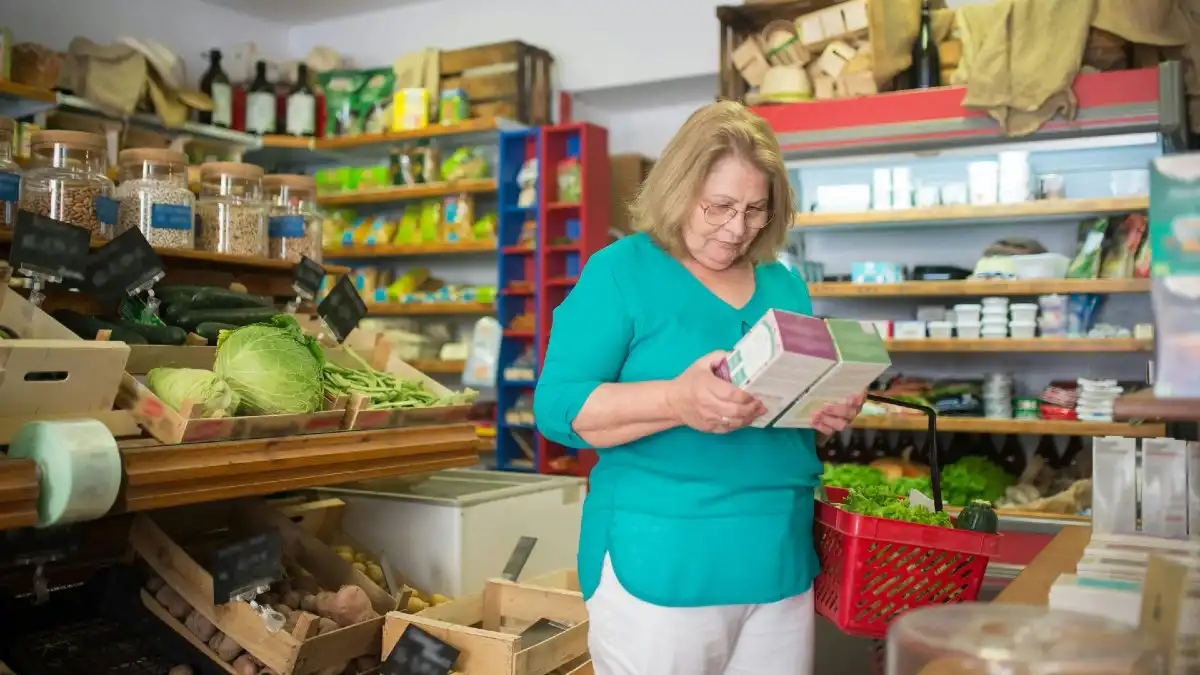
The latest ABS consumer price index (CPI) released on Wednesday showed inflation climbed 3.6% over the year in the March quarter, overshooting market expectations of a 3.4% lift year on year.
But ABS head of prices statistics Michelle Marquardt prefers to look at the silver lining.
“While prices continued to rise for most goods and services, annual CPI inflation was down from 4.1% last quarter and has fallen from the peak of 7.8% in December 2022," she said.
On a quarterly basis, consumer prices went up from 0.6% to an even 1%.
Trimmed mean inflation, which is RBA’s preferred inflation gauge as it excludes volatile items whose prices tend to change irregularly, slowed to 4%, falling from an annualised 4.2% in the December quarter.
The Reserve Bank’s target is for underlying inflation to land between 2-3% by the end of 2025.
“This is the fifth quarter in a row of lower annual trimmed mean inflation, down from the peak of 6.8% in the December 2022 quarter,” Ms Marquardt noted.
Consumer price increase drivers
Leading the charge of price increases last quarter were education (up 5.9%), health (up 2.8%), food and non-alcoholic beverages (up 0.9%) and housing (up 0.7%).
According to the ABS, education spending accelerated at the beginning of the year as fees were increased at the start of the school year and tertiary education rose 6.5% with annual CPI indexation applied.
The quarterly rise in health fees was driven by the elevated prices for medical and hospital services, including consultation fees.
Meanwhile, rents and new owner occupier-purchased dwellings pushed the prices of housing up.
"Rental prices rose 2.1% for the quarter in line with low vacancy rates across the capital cities. Rents continue to increase at their fastest rate in 15 years," Ms Marquardt said.
Fresh data from PropTrack shows the national vacancy rate dropped to 1.1%, as new total rental listings plummeted 11.3% over the 12 months ending March.
Amid strong demand and limited rental stock, the report found advertised rents advanced 9.1% or $50 per week from last year.
“With rents increasing alongside the cost of living, fewer people will be able to afford these higher prices and will look for cheaper alternatives including smaller properties or share house living, while others may expedite buying a home instead,” said Cameron Kusher, PropTrack director for economic research.
Annually, housing (up 4.9%), food and non-alcoholic beverages (up 3.8%), and alcohol and tobacco (up 6.3%) drove inflation higher.
Early cash rate cut likely off the table
The Reserve Bank has remained non-committal on its cash rate view, and this latest print will likely reinforce its current stand not to rule anything in or out.
“Expect a more cautious RBA next week and a potential shift up to revised inflation expectations,” said Dwyfor Evans, head of APAC macro strategy at financial services firm State Street Global Markets.
He added the quicker pace of price increases last quarter would likely put a lid on the chances of rate cuts “for now”.
Westpac, which previously tipped a September rate cut along with CommBank, revised its forecast to November in light of today’s CPI read.
“Given the slower progress on disinflation this quarter and the lower starting point for labour market slack, we now expect the first rate cut to occur after the November meeting, rather than September as previously expected,” Westpac chief economist Luci Ellis said.
“Accordingly, we assess that the RBA will keep rates steady at its upcoming meeting,” she added.
Despite slower than anticipated price deceleration, economic researchers at ANZ believe it’s not enough for the RBA to hike the cash rate.
“We don’t think slightly higher inflation than the RBA is expecting will prompt a shift back to an overt tightening bias,” they said.
Photo by Kampus Production on Pexels
